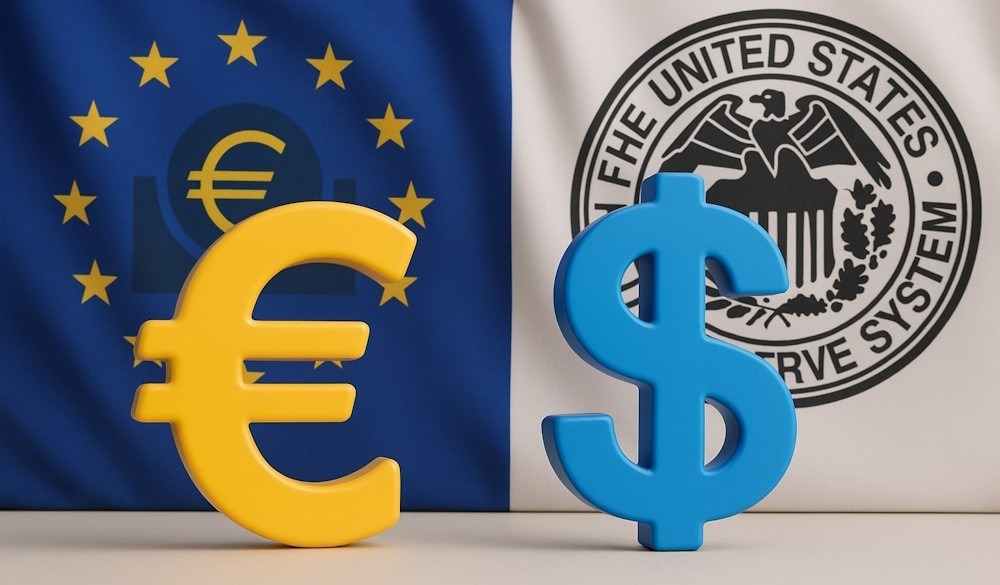EUR/USD shows signs of recovery on Friday as market participants gain confidence that the Federal Reserve may lower interest rates following the publication of the most recent inflation report in the United States. Currently, the pair is trading at 1.1697, reflecting an increase of 0.27%.
Core PCE inflation stays below 3%, increasing the likelihood of Fed rate cuts to almost 90% as we approach year-end. Dovish Fed voices underscore a delicate labor market, with Barkin cautioning that inflation and unemployment trends continue to raise concerns. The Euro remains stable amid ongoing NATO–Russia tensions, as traders focus on US employment figures and forthcoming inflation data from the Eurozone.
> Euro targets 1.1700 amid softer conditions US inflation bolsters optimism for additional monetary easing : The week concluded with a rebound for the shared currency following the US Bureau of Economic Analysis announcement that the Fed’s favored inflation measure, the core Personal Consumption Expenditures Price Index, met expectations, yet remained below the 3% mark. In the wake of the announcement, the likelihood of the Fed lowering borrowing costs surged from 84% the previous day to 88%. Federal Reserve officials have made announcements. Fed Governor Michelle Bowman expressed a dovish stance, noting the fragility of the labor market and indicating that if conditions worsen, a more rapid policy adjustment would be necessary. Previously, Richmond Fed’s Thomas Barkin indicated that inflation and unemployment are trending negatively, although the potential for further decline appears constrained. In Europe, a limited economic calendar has left traders navigating the complexities of geopolitics. Tensions in Europe appear to be impacting the Euro, as NATO has issued a warning to Russia regarding its readiness to intercept Russian aircraft. European officials have privately communicated to Russia their readiness to intercept jets, interpreting Russia’s incursion into Estonia as a calculated move. Next week, the US economic calendar will showcase a series of Fed speakers, the ISM Manufacturing PMI, Initial Jobless Claims, and the Nonfarm Payrolls data for September. In Europe, the upcoming schedule includes the Business Climate, Consumer Confidence, the Economic Sentiment Indicator, September inflation figures, and several ECB speakers. Additionally, it is important for traders to remain cautious regarding Flash PMIs, as well as German inflation and Retail Sales data.
Latest FX Rate Trends : Euro surges as US core PCE supports Fed rate cut expectations
- The US core Personal Consumption Expenditures Price Index increased by 2.9% year-over-year in August, aligning with projections and remaining steady from July. Headline PCE increased to 2.7% YoY from 2.6%, aligning with expectations.
- The University of Michigan’s final September Consumer Sentiment reading was reported at 55.1, falling short of the anticipated 55.4. Inflation expectations have shown a minor decline, with the one-year forecast decreasing to 4.7% from 4.8%, and the five-year projection dropping to 3.7% from 3.9%.
- In the realm of trade, President Donald Trump has declared new tariffs: 100% on pharmaceuticals, 50% on kitchen cabinets, bathroom vanities, and related products, 40% on upholstered furniture, and 25% on heavy trucks.
- In Europe, the ECB’s Consumer Expectations Survey indicates that households anticipate inflation to be at 2.8% within the next year. The five-year outlook increased to 2.2%, up from 2.1%.

